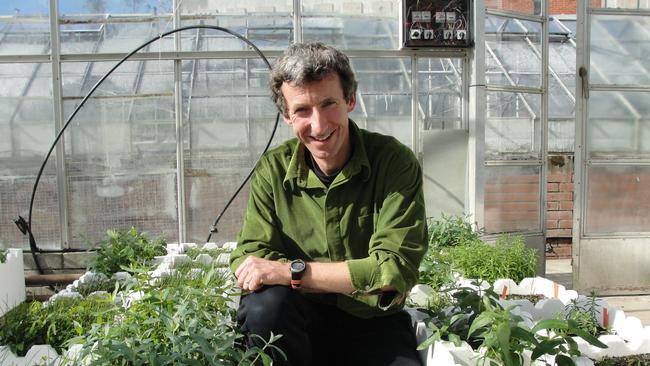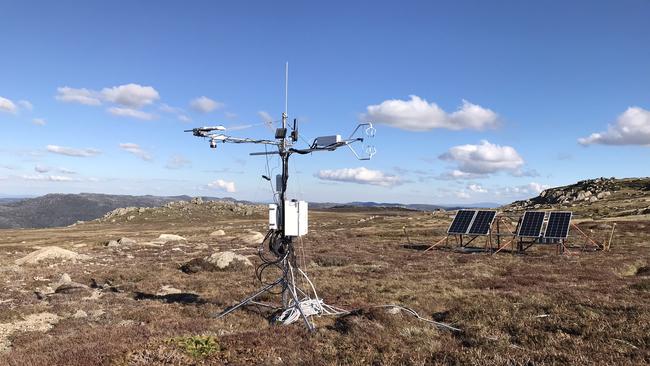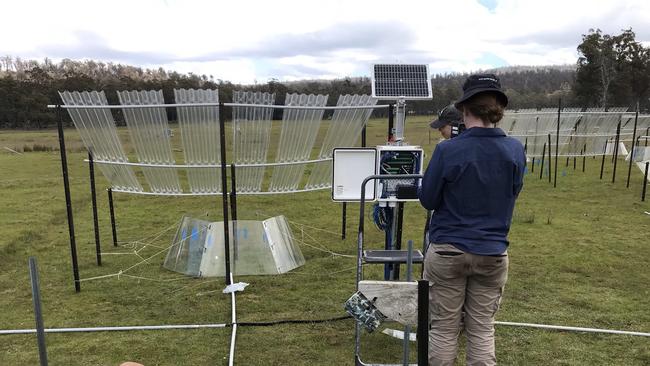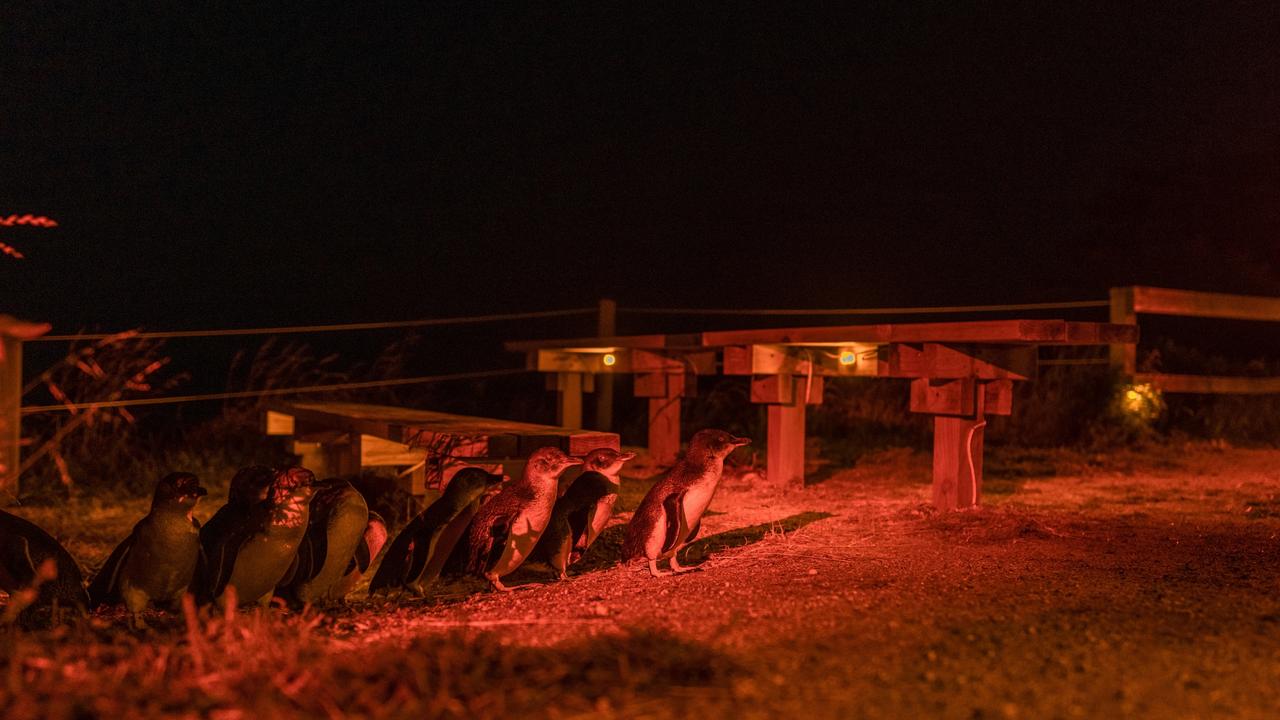Tasmania’s alpine environments affected by rising temperatures, new research finds
Tasmania’s alpine environments – which are critical for the broader ecosystem – are becoming carbon emitters, new research has found. Here’s how >>

Tasmania
Don't miss out on the headlines from Tasmania. Followed categories will be added to My News.
Tasmania’s tundra ecosystems are having profound effects with rising temperatures, and are potentially becoming major carbon emitters, new research has found.
Tundra areas are treeless regions with a cold and windy climate found in high altitudes and are critical for the broader ecosystem.
Analysing 136 datasets across 28 tundra sites, including the Silver Plains Reserve in the Central Highlands, scientists from the University of Tasmania have revealed the importance of alpine environments in a study published in the science journal Nature.
“Our research shows tundra and alpine areas can be major emitters of carbon when they lose their water storage abilities and dry out,” UTAS Plant Ecology Professor and author Mark Hovenden said.
“While we were aware that emissions were occurring, the rate was a surprise as it was almost four times more than previously estimated.”

Using small open-top-chambers in tundra sites, researchers across the globe simulated the effect of a warming climate with experiments spanning from 1 to 25 years.
They found a 1.4C increase in air temperature, a 0.4C increase in soil temperature and a 1.6 per cent decrease in soil moisture at the tundra sites.
The research revealed a staggering 30 per cent increase in the amount of carbon released from the ecosystem, meaning the tundra stores could potentially release CO2 in the atmosphere.
“These findings really show the urgency of the situation and the critical role our wetlands and peat swamps play in mitigating climate change,” Prof Hovenden said.
“It also shows the importance of prioritising the restoration of areas like Tasmania’s highlands, which play a crucial role in the broader ecosystem.”

The research was conducted in collaboration with the Tasmanian Land Conservancy.
Conservation Science and Planning manager Dr Cath Dickson said the research at Silver Plains Reserve had been invaluable.
“The team’s research has helped us learn about both the importance and the urgency of restoring peat swamps and wetlands, so that they can act as carbon sinks rather than sources,” she said.
Prof Hovenden added: “Understanding how soil conditions interact with warming temperatures is crucial for predicting future ecosystem changes.
“One of the surprising things we discovered through this study is that our findings from Tasmania are not unique; they reflect what’s observed elsewhere, meaning we’re a good barometer for what’s going on globally.”




